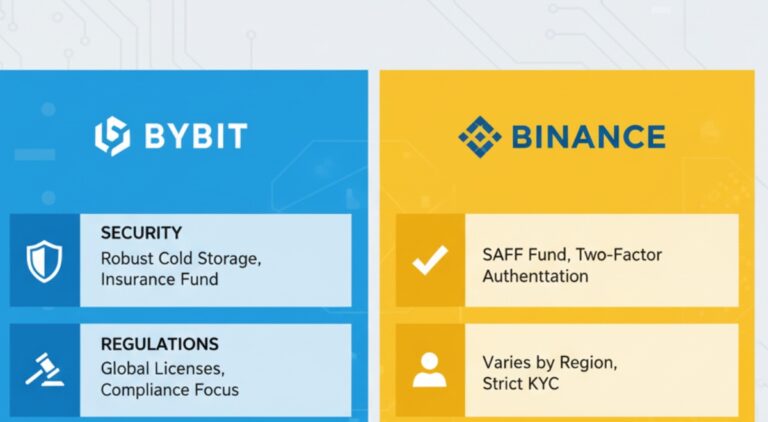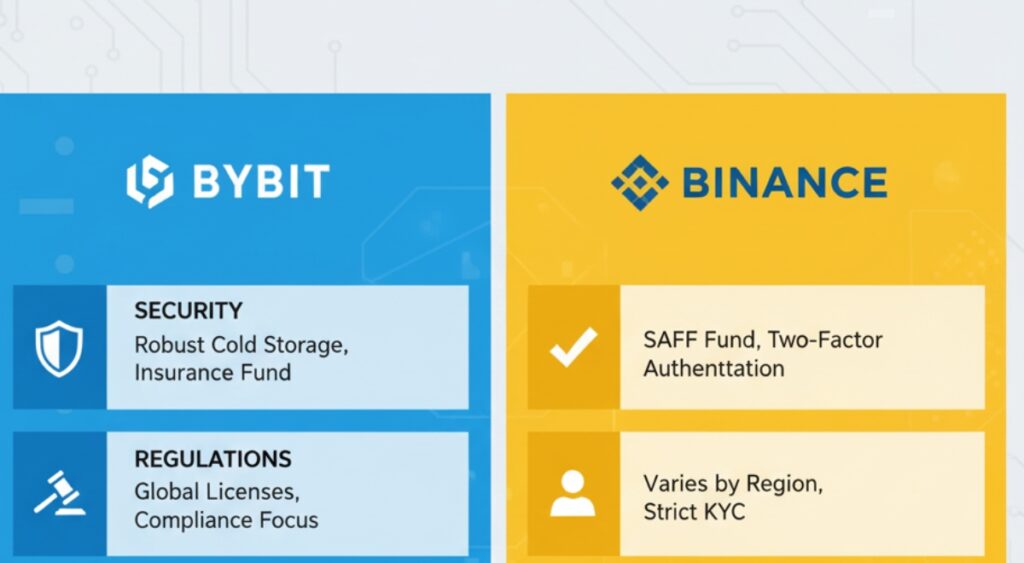Jonathan Mann, best known for his long-running “Song A Day” project, found himself at the center of a financial whirlwind after making millions from selling his music catalog as NFTs—only to see his gains wiped out by a crypto market crash and a crushing tax bill.
From NFT Gold Rush to Financial Crisis
At the start of 2022, Mann embraced the booming NFT wave, selling 3,700 original songs as non-fungible tokens for around $800 each. The sales netted him roughly $3 million in Ethereum (ETH), placing him among the growing list of artists who successfully monetized their digital creations through blockchain technology.
However, Mann’s triumph was short-lived. As the Terra ecosystem collapsed and ETH values nosedived, the fortune he had amassed began to evaporate. Hesitant to liquidate his holdings at a loss, Mann borrowed against his crypto using the Aave lending protocol. But as the market tumbled, his loan was liquidated, and he lost 300 ETH in the process.
The IRS Comes Calling
The financial pain didn’t stop there. Mann later discovered, after months of work with his accountant, that he owed over $1 million in taxes—precisely $1,095,171.79. The U.S. tax code treats crypto income based on its value at the time of receipt, regardless of any subsequent decline in price. So even though Mann’s ETH holdings crashed, the IRS still expected payment based on the original $3 million value.
To settle the debt, Mann was forced to part with a rare Autoglyph NFT, selling it for $1.1 million to cover the tax liability.
Singing Through the Setback
True to his artistic roots, Mann turned his misfortune into music, releasing a new song chronicling his tumultuous journey. He shared the track on X (formerly Twitter), using his signature blend of humor and honesty to highlight the risks of crypto wealth.
Despite the financial turmoil, Mann continues to create and sell songs as NFTs, embodying a spirit of resilience that mirrors the broader digital art community.
Why It Matters
Mann’s experience is a cautionary tale for anyone navigating the volatile world of crypto assets. It sheds light on the often-overlooked tax implications of digital earnings and underscores the importance of financial planning in the NFT space. More broadly, it’s a story of creativity under pressure—and the high stakes of life on the blockchain frontier.
















